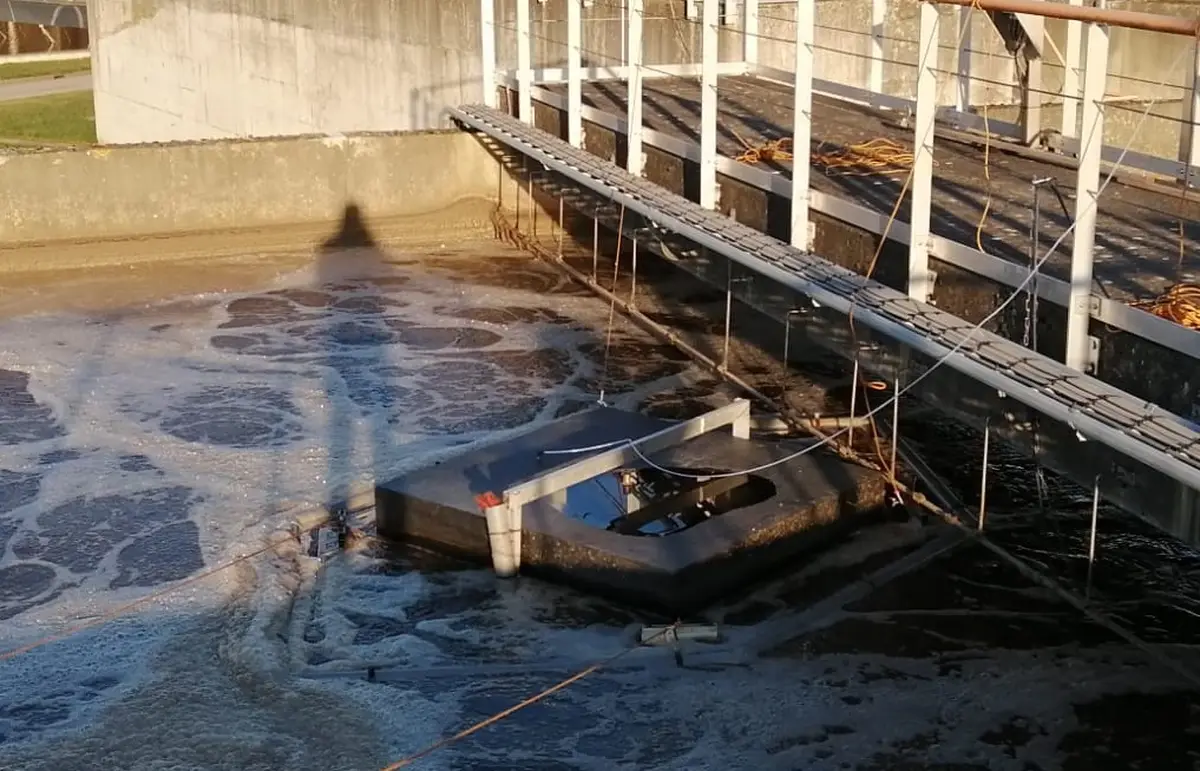Measuring Greenhouse Gases from Wastewater Emissions
In our earlier blog posts, we discussed how FTIR systems are ideal for environmental research. We recently collaborated with an organization that conducted research on N2O, NO, NO2, CH4, and CO2 fluxes from wastewater. For this study, the GASMET DX4015 was used in combination with a customer-specific sampling system. The sampling setup included a heated filter and a heated sampling line (50°C), preventing condensation caused by temperature fluctuations. The measurement cell inside the DX4015 analyzer is also maintained at 50°C, which further prevents condensation and ensures consistent measurement conditions.
Real-Time Analysis with FTIR
A daily automatic background measurement (zero-check) was performed using pure nitrogen. Beyond that, no additional field calibrations were required to obtain accurate results. FTIR enables fast, on-site, and accurate real-time analysis.
Flexible Data Analysis with CALCMET® Software Configuration
 One of the advantages of FTIR is the ability to configure the system in advance using CALCMET® software for real-time monitoring of multiple components. Raw spectra are also recorded, allowing for retrospective data analysis at any time. For example, the actual gas matrix may differ from what was initially expected. With post-processing, it is still possible to use different parts of the spectrum to determine specific gas concentrations. This can lead to more accurate and selective data.
One of the advantages of FTIR is the ability to configure the system in advance using CALCMET® software for real-time monitoring of multiple components. Raw spectra are also recorded, allowing for retrospective data analysis at any time. For example, the actual gas matrix may differ from what was initially expected. With post-processing, it is still possible to use different parts of the spectrum to determine specific gas concentrations. This can lead to more accurate and selective data.
Advanced Support and Optimization of FTIR Analysis Methods
Our support during this study went beyond simply supplying equipment. We also provided assistance in analyzing the spectra. Based on this analysis, we optimized the configuration and performed an additional high-range calibration for one of the components. This calibration was immediately added to the FTIR analyzer’s internal library. This was necessary because multiple gases and higher concentrations of certain components were present compared to the initial assessment of the gas matrix.
These experiments demonstrated that the heated FTIR (Fourier Transform Infrared) system was the perfect technique for this multigas analysis under these conditions!
